Mixed Martial Arts MMA: The Best Self Defense Method, Everything You Wanted To Know About It
- Gil Peleg

- Sep 10, 2021
- 11 min read
Updated: Jun 16, 2022
In this article, we'll take a look at: What is Mixed Martial Arts MMA? What is the history of mixed martial arts MMA? What are the rules for fighting in mixed martial arts MMA? What is winning in mixed martial arts MMA? What are the strategies for fighting in MMA? What are the fighting tactics in MMA? What are Sprawl-and-Brawl Tactics in MMA? What is the Clinch-Fighting Technique in MMA? What is Ground-And-Pound Technique in MMA? What is the Lay-and-Pray technique in MMA? What is the Submission-Grappling Technique in MMA? What kind of protective equipment and clothing are used in mixed martial arts MMA? What kind of equipment for training in MMA?
What is Mixed Martial Arts MMA?

MMA is a hybrid martial art that combines the techniques of Boxing, Wrestling, Judo, Jiu-jitsu, Karate, Muay Thai, and others. Although it was in its infancy a brutal and rule-free image of a bloody sport, it gradually became one of the fastest-growing sports in the world in the early 21st century. Combined martial arts MMA is hand-to-hand combat, where it is allowed to use all existing techniques from the world of martial arts without weapons, with the rules allowing standing or lying fights. This martial art originated in Portugal, in the fights "Vale-Tudo" in the loose translation "everything goes", fighting without weapons and without any restrictions, which have been known in Brazil since the 1920s. The whole world longed for a style of wrestling in which the best of existing methods would prevail. The Gracie Brazilian family understood this demand and brought the sport to the United States in the early 1990s. Thus, MMA first caught the attention of many in North America. Helio's son, Royce Gracie, represented the family at UFC 1 in Denver, Colorado in 1993. The name of the UFC - Ultimate Fighting Championship - refers to the organization that has become the leading promoter of mixed martial arts competitions. The first goal of UFC events was to pit fighters of different styles against each other - for example, wrestler versus boxer and kickboxer versus judoka. Initially, the only rules were a ban on bites and dislocation eyes. According to the rules, the fight was stopped when one of the fighters surrendered, fell unconscious, or the coach threw a towel. Royce Gracie has been declared the UFC 1 Champion at the Denver Octagon. Pay cable TV attracted about 86,000 viewers at the first UFC tournament. In the third tournament, this number increased to 300,000.
What is the history of mixed martial arts MMA?
What is Pankration?
It is believed that mixed martial arts have their roots in the middle of the second half of the first millennium BC, during the ancient Olympic Games. When "Pankration" was the combat training of the Greek armies, it was also considered a martial art of Ancient Greece. The fierce competition combined wrestling, boxing, and street fighting. It was allowed to kick and hit the defeated enemy; Only bites and eye removal were prohibited. Usually, the battles ended when one of the fighters admitted defeat or was unconscious. In some cases, participants have died during the Olympic Games. Pankration became one of the most popular events of the ancient Olympic Games.
What is "Vale Tudo"?

In 393 AD, the Roman emperor Theodosius I banned the Olympic Games, ending the Pankration era as a popular sport. However, this fighting style emerged later in the 20th century in Brazil through the martial arts known as "Vale Tudo" ("everything goes"). It was published and popularized by brothers Carlos and Helio Gracie, who opened their Brazilian Jiu-Jitsu school in Rio de Janeiro in 1925. The brothers gained attention by publishing the "Gracie Challenge" in the local Area Newspapers and stating in advertisements, “If you want to break an arm or a rib, contact Carlos Gracie. The brothers brought all true martial arts enthusiasts to their challenging industry with a blatant challenge. Thus, their competitions became so popular that they had to be moved to large football stadiums to accommodate the crowd.
How did Brazilian Jiu-Jitsu get to the USA?
The mixed martial arts trend gained momentum very quickly in the United States and burst into the public consciousness in 1993 when the UFC Ultimate Fighting Championship was held for the first time. In fact, not a dry theory - The fighters competed with each other almost without limits to determine who would be the best. The variety of battles stunned the audience, the audience was eager to see the battle in full contact, and in fact, this is what they got in terms of the level of violence that ware in the battles. That is, battles that did not stop, even if the opponents were shaded in blood.
Why did the UFC have to change its MMA image?
The mixed
Initially, the UFC marketed its product, MMA, as an unrestricted sport in which anything can happen. Her brutality angered many, including politicians in the United States. Even Senator John McCain called the Octagon fight "cockfighting among the people" and tried to ban it. In 2001, the new UFC administration introduced regulations to make the sport less dangerous. Weight categories, rounds, and time limits have been added, and the list of arena violations has been expanded. Over time, the need arose to make combined martial arts a competitive sport with predefined rules. This led the industry to explosive growth, and in terms of popularity, even reached the level of old and popular TV shows like boxing and professional wrestling.
What are the rules for fighting in mixed martial arts MMA?

UFC was promoting a set of rules to standardize MMA as a sport around the world. By 2009, regulators in the United States had adopted these standards, also known as the Mixed Martial Arts Rules. To avoid lengthy fights, they were split into three five-minute rounds with a one-minute break between or five rounds in the case of a championship fight or main fight. In addition, if the fighters are fighting statically and do not improve their position, the referee must set the fighters to their original position, that is, standing. According to these rules, MMA participants compete in the ring or fenced area in the Octagon, and they fight with padded gloves without fingers, no shoes, and head protector. According to the new rules, participants can hit, kick and throw an opponent both while standing and on the ground. However, as the main prohibitions: Do not hit into the eyes and groin with fingers; Do not bite or pull on the hair. The rules regarding prohibited moves are not fixed and vary from competition to competition, but in almost every modern competition there are the following rules prohibiting: Any headbutt; Press on the eyes with fingers; Bites under any circumstances; Using fingers to interact with opponent's mouth, nose, and ears, while pulling the skin in the opposite direction, falls under the “Fishing Hook” category; Pull the opponent by the hair; Opponent's throw, in which he is turned 180 degrees; The entire back of the neck is closed for attacks, namely, from the occipital transition to the trapezium; Press fingers on the opponent's neck or trachea in order to end the fight by submission; Movement of the hand with fingers apart, directed towards the face or eyes of the opponent; Use of straight, downward (groin) elbow strikes in combat; Kicks and knees on a lying opponent; Holding on to the opponent's gloves or shorts; It is prohibited to hold the position by grabbing the fences with fingers or toes; Manipulations with "small" joints; Deliberately throw the opponent out of the ring or cage; Any attacks that scratch, stretch, or twist the opponent's skin.
What is winning in mixed martial arts MMA?

A fighter can defeat his opponent in several ways: Submission - The technique of filing using a bolt or strangulation; Knockout - a situation in which one of the participants lost consciousness as a result of a concussion; Technical knockout - a situation when one of the participants cannot continue the fight, this situation is caused by a fracture or an open cut; Judges' decision - if all rounds of the match have ended without a clear victory, three side judges will declare the winner; Stopping the Doctor - The doctor in the arena decides to stop the fight; Corner stop - The corners of one of the participants indicate to the referee by throwing a towel into the arena that their candidate cannot continue the fight; Invalid Action - The opponent has made a wrong move or has shown an unwillingness to fight.
What are the strategies for fighting in MMA?
Techniques used in mixed martial arts competitions generally fall into two categories: 1) Standing fighters - Kicking, knee and hand kick techniques that are used in Thai Boxing, Kickboxing, Karate, Taekwondo, etc.; 2) Fighters practicing prone fighting - Methods of grabbing, holding, drifting, etc. used in Wrestling, Judo, Brazilian Jiu-Jitsu, Sambo, and many other types. The basic rules of MMA competitions are established by the International Combat Sports Federation - ISCF. Today, MMA fighters must practice a variety of styles to cope with the strengths of their opponents and remain effective at all stages of combat. For example, a standing fighter will have little opportunity to use his skills against a prone fighter. There are three main fighting elements in this industry: Standing combat - In which fight while standing with fists, feet, elbows, and knees. The second element is the clinching element - When the main goal is over from a standing position to the ground. The third and final element - Is the ground element in which one fights on the ground with various exercises such as restraint, bolts, and strangulation.
What are Sprawl-and-Brawl Tactics in MMA?
The combat tactic "Sprawl-and-brawl" is designed to conduct effective combat while avoiding the battle on the ground. This fighting style was invented by Kick Boxers, Thai Boxers, and Karate Fighters to keep from falling to the ground and allow the fight to continue while standing. This style differs significantly from traditional standing fighting styles, as they must adapt their fighting techniques to defend against wrestler attacks with effective standing attacks. These fighters also learn ground fighting tactics to avoid being forced to surrender if they find themselves on the floor.
What is the Clinch-Fighting Technique in MMA?
Clinch wrestling and dirty boxing are combat tactics that use the grapple to prevent the opponent from going into a farther attack range while trying to get down and punch the opponent using knees, elbows, and punches. Clinch is often used by wrestlers who have added elements of Muay Thai to their skills. Clinch fighting can be used as a way to neutralize an opponent's high-standing skills or to prevent falling to the ground against a superior wrestling fighter.
What is Ground-And-Pound Technique in MMA?
The Ground-and-pound tactics for ground combat involve lowering the opponent to the ground by throwing and taking a top or dominant position, and then punching and elbowing for suppression. At the next stage of the struggle, the enemy is subdued by blocking and choking techniques.
What is Lay-and-Pray Technique
Lay-and-pray fighting is the opposite of Ground-and-pound. The intent is to lie on top of your opponent and do nothing in the hope that he will give up.
What is the Submission-Grappling Technique in MMA?
The Submission-Grappling technique refers to ground fighting tactics consisting in lowering the opponent by throwing and then using locks or choke techniques, forcing him to submit.
What does the training equipment of the Self-Defense trainer include?
Following the history of the method, great importance is attached to the formation of functional muscles. On the one hand, it is necessary to work on speed and agility in movement, and on the other hand, to develop muscles to increase strength and power. To succeed in this task: Need to work with small weights, many reps in each set; Also combine with strength training, it is advisable to consult with a trainer so as not to damage the muscle ligaments; It is recommended to work with a wrist expander and rubber for dynamic loading; With heavy training rope; a lot of reps on a heavy and light boxing bag; With a punching bag, etc ... It is imperative to practice throwing, choking, blocking, kicking and punching. Punches and knees on the trainer's abdomen may only be performed with suitable and safe belly protectors! In the tactical training of Krav-Maga, rubbery equipment is used like knives, padded sticks, etc... One needs to use equipment that has passed strict safety tests. When signing up for a club, check if their gym floor is well protected and if there is a suitable protective pad against falls, throws, etc. Below is a list of the recommended trainer equipment when teaching Self-Defense:
How important is personal protective equipment when practicing Self-Defense?
Good schools understand the importance of protective equipment when teaching martial arts in general and in combat in particular. Demonstrations and battles are not allowed without appropriate protective equipment! These are usually inexpensive shields compared to the physical damage they prevent. Also, there is no insurance without protective equipment! When striking a punching bag, be it a jab, cross, hook, or uppercut, boxing gloves should be used. It is recommended for full contact to use a body protector that maintains the integrity of the ribs. Also, shields for the head, teeth, groin, and legs are recommended.
It is very important to practice Self-Defense using rubber training knives and even more important during training to wear appropriate protective equipment: such as glasses designed to protect the eyes; a body protector; a Head guard against receiving an unwanted blow. The following is a list of recommended equipment for knife defense studies:
With what equipment is it recommended to practice Self-Defense at home?
To learn Self-Defense, one needs to practice the same thing, many times over. This is not a theoretical area compared to other martial arts where one can learn from a trainer by watching directly through a computer. So practice and interaction are of the utmost importance. Although, it is worth it and even recommended to work at home on punches and kicks, strength training, etc. For this purpose, it is possible to purchase minimal personal equipment that does not take up much space at home. Prepares physically for classes in the section. It also improves the following parameters: Strength, flexibility, cardiopulmonary endurance, and more.
Using a yoga mat, abdominal muscles can be improved; Training weights are to improve muscle strength; Using an adjustable strength bench can strengthen chest muscles by lifting weights; A free-standing punching bag is a perfect solution for punching and kicking improvement at home ... Below is a list of recommended equipment for home exercise:
Home training is recommended to be performed under the supervision of a certified trainer. It is recommended to avoid exercising alone at home!
How important is cardiopulmonary endurance in Self-Defense workouts?
First of all, this is health, and secondly, in a battle that does not end in a short time, the one who has cardiopulmonary endurance wins. To improve cardiopulmonary endurance, it is recommended to take brisk walks, combined with running, to increase and decrease the pace. These runs can be done outdoors, on the coast, on a Treadmill, or on a Home spinning bike. Recommended: Wear suitable shoes while running, and document and monitor your calorie burn and heart rate with your Smartwatch. Also, with the help of this it is very easy to see improvements in cardiopulmonary endurance, In fact, all your actions are recorded using a computer, and there is a training history. The following is a list of recommended personal equipment for home workouts, for developing cardiopulmonary endurance, and for monitoring and controlling progress:
Home training is recommended to be performed under the supervision of a certified trainer. It is recommended to avoid exercising alone at home!
Mixed martial arts summary
In this article, we looked at the variety of mixed martial arts, a method that includes all the effective components of hand-to-hand combat from all existing martial arts, including standing and lying. Discussed the origins of Pankration, a mixed martial art from Ancient Greece that was popular in the ancient Olympics; How it was forgotten in Greece, and how it has appeared in various forms around the world, especially in Brazil, since the beginning of the 20th century; How the Gracie family brought him to the United States in the 90s and how in the 21st century it has turned into a competitive sport with certain fight rules; We also discussed what is worn in mixed martial arts and what fitness equipment is recommended to use.
The article - Gil Peleg.
Dear friends, I invite you to read more about applicable Self-Defense in our Group below:
Dear friends, SUBSCRIBE to the Fitness Warriors Club's blogs page, and be the first to read new articles on the issues of Self-Defense:
Amazon's affiliate program - Fitness Warriors Club is participating in Amazon's affiliate program through the Website & through professional blogs where there are links to products marketed on Amazon. Fitness Warriors Club is not responsible for any economic and operational activities related to this program as for the refund of any payments regarding this program. All these issues will be settled with Amazon.








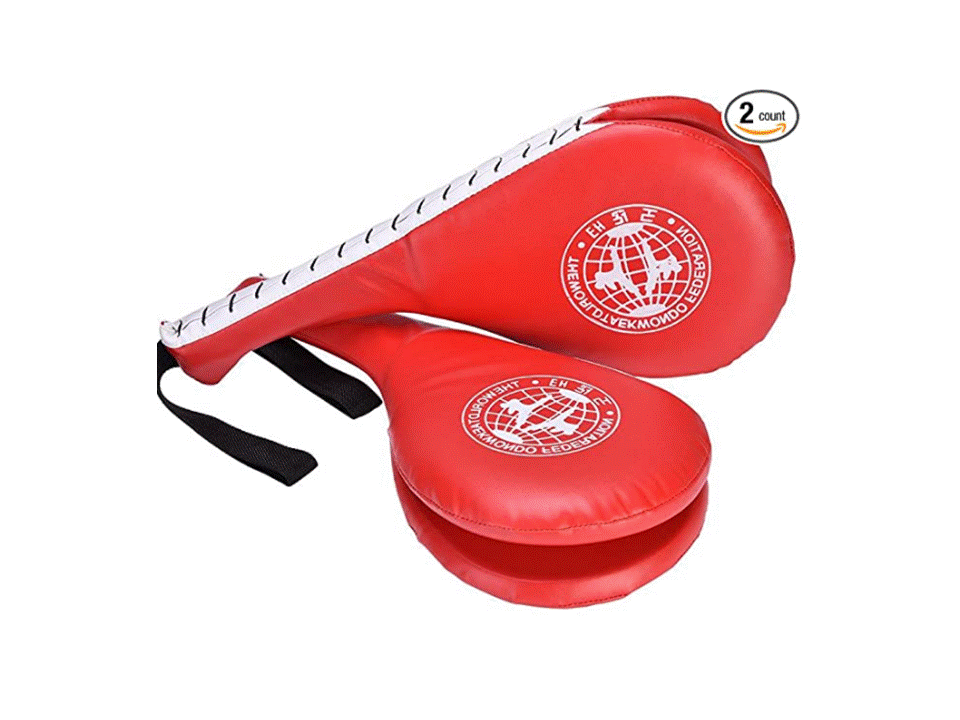


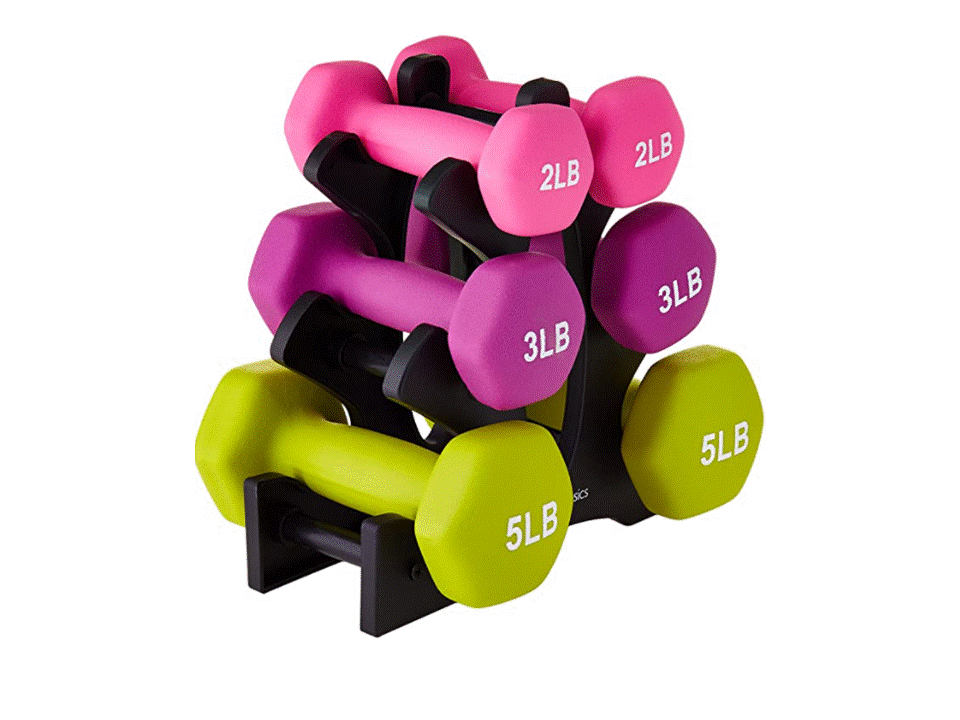
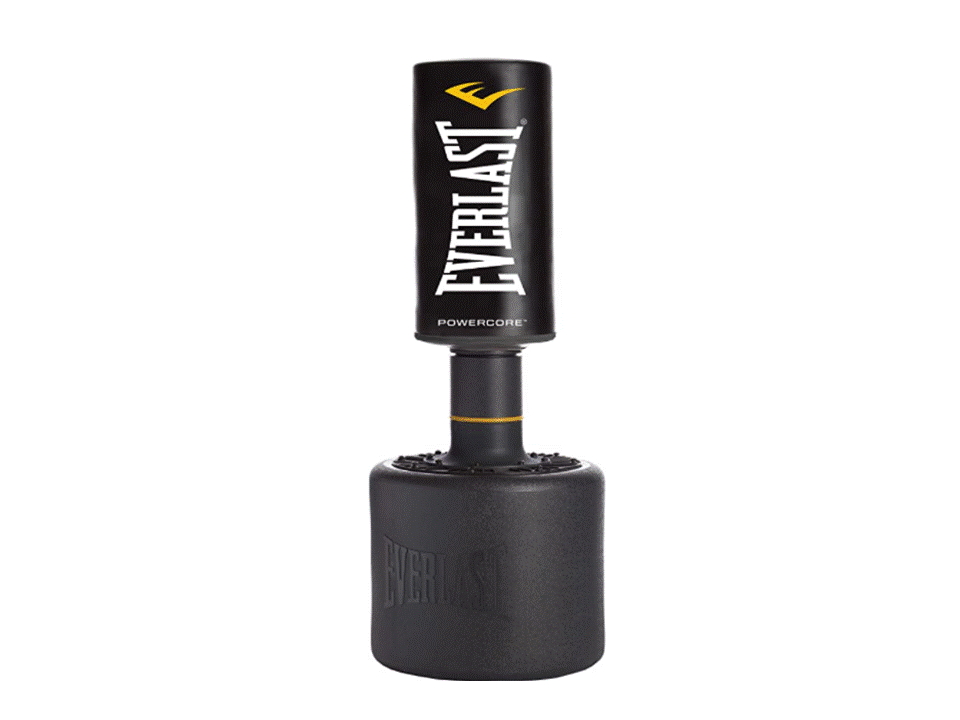
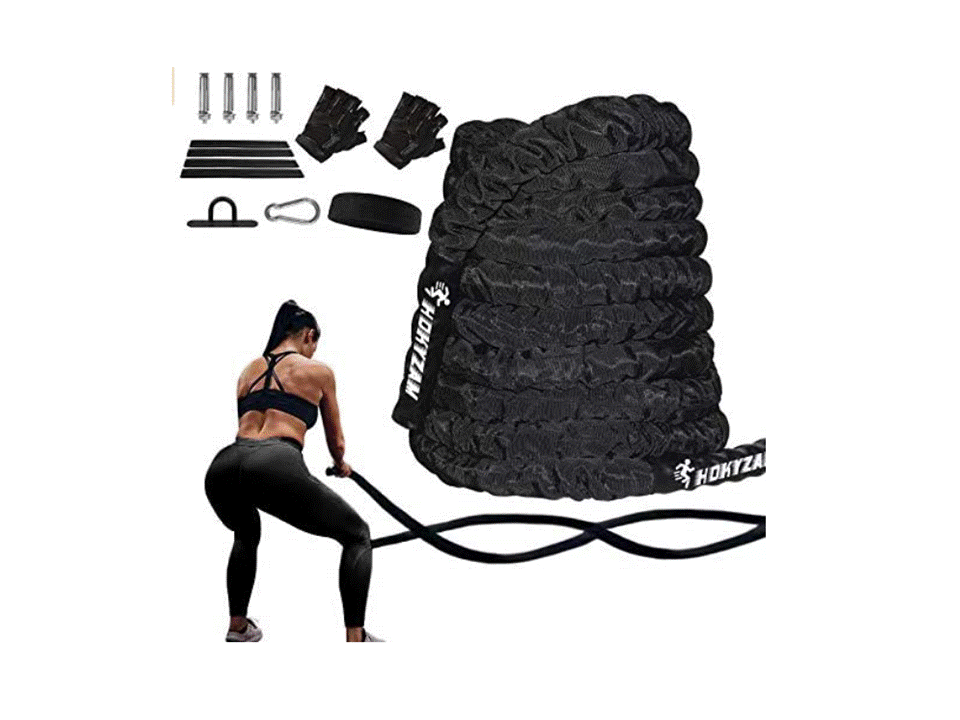













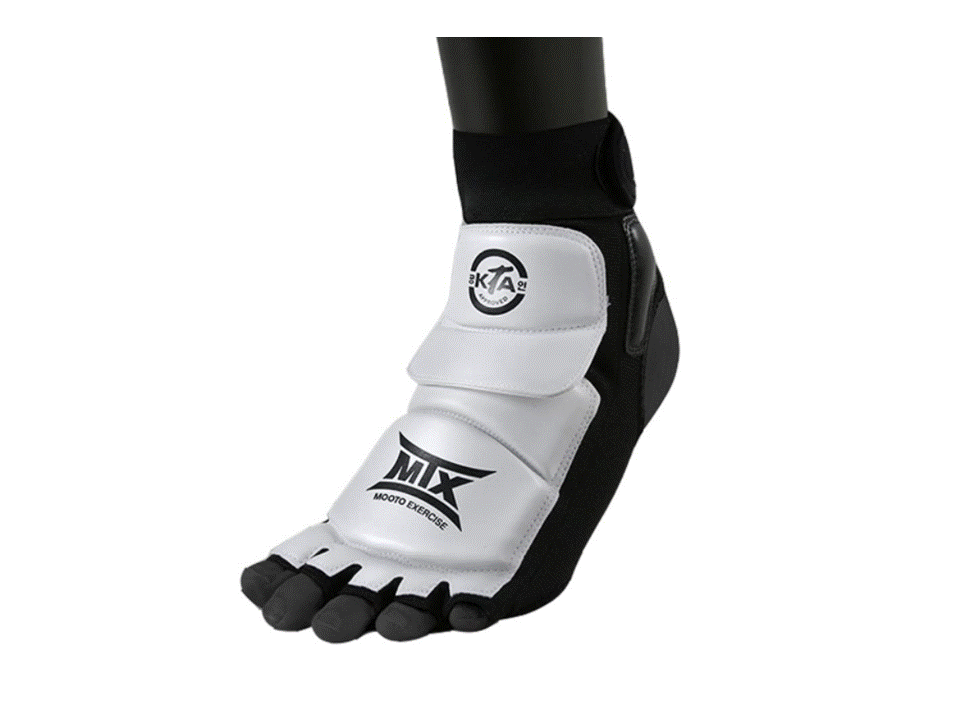
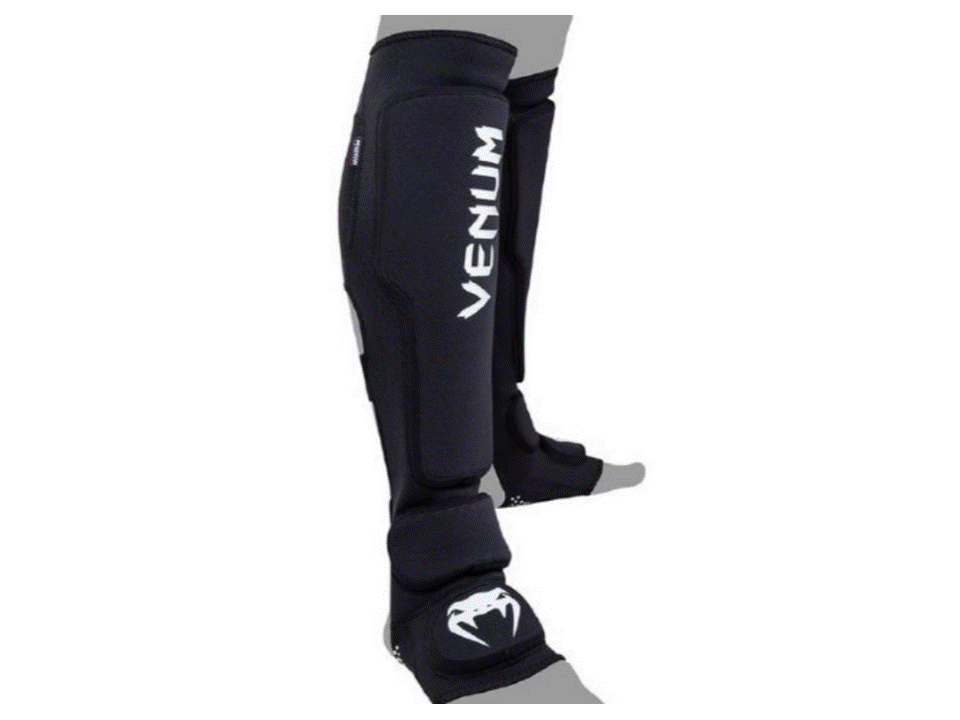
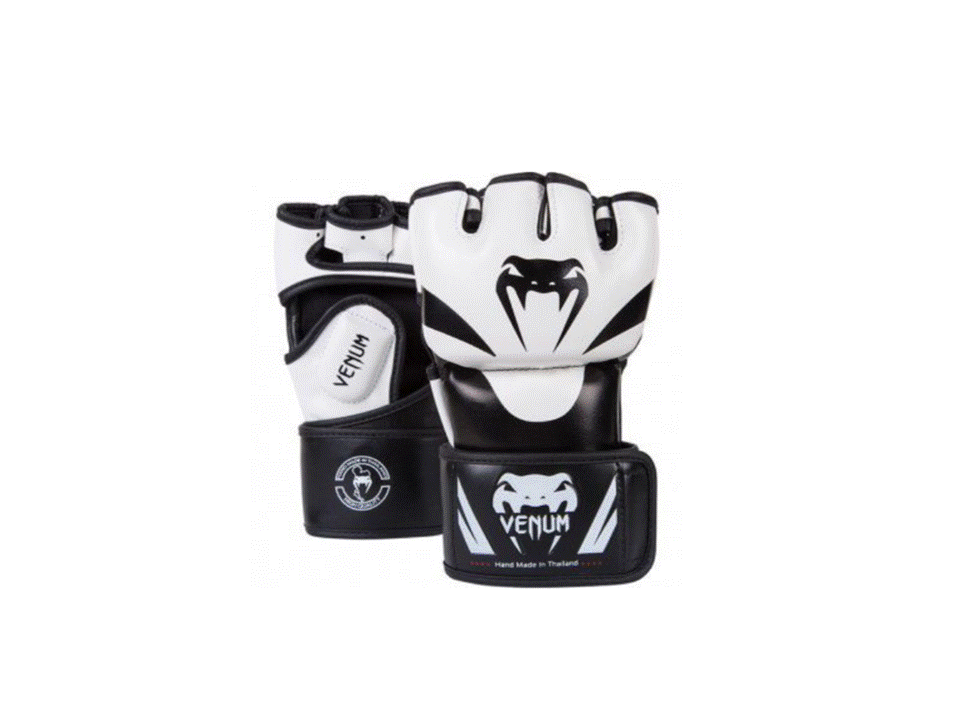

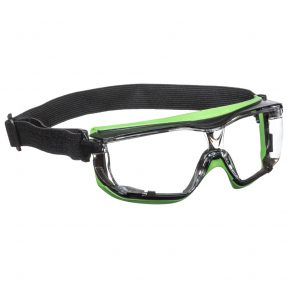










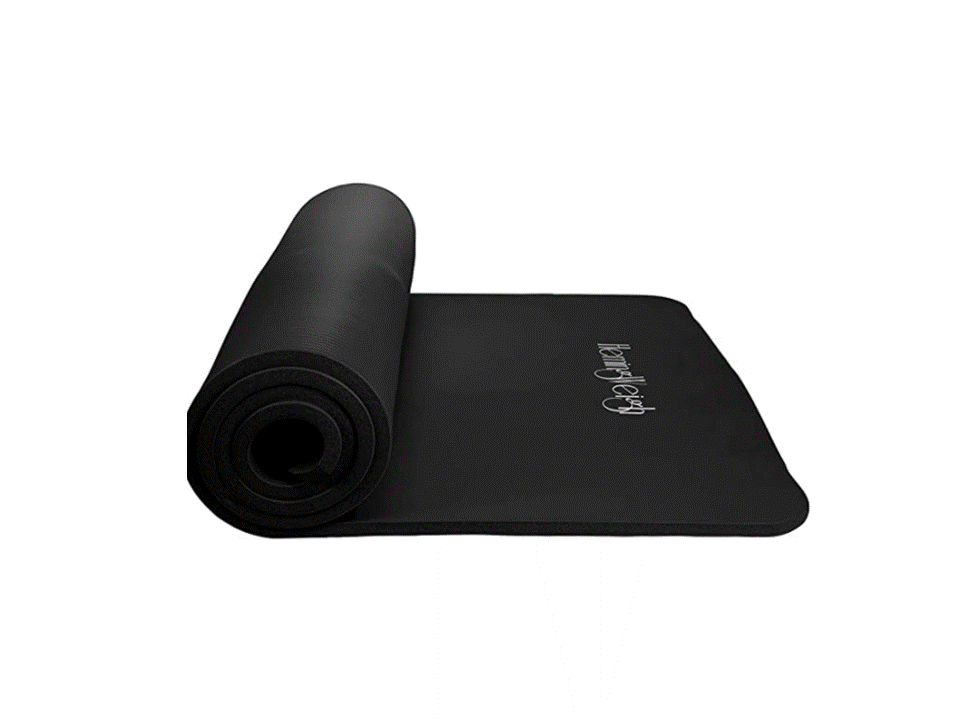
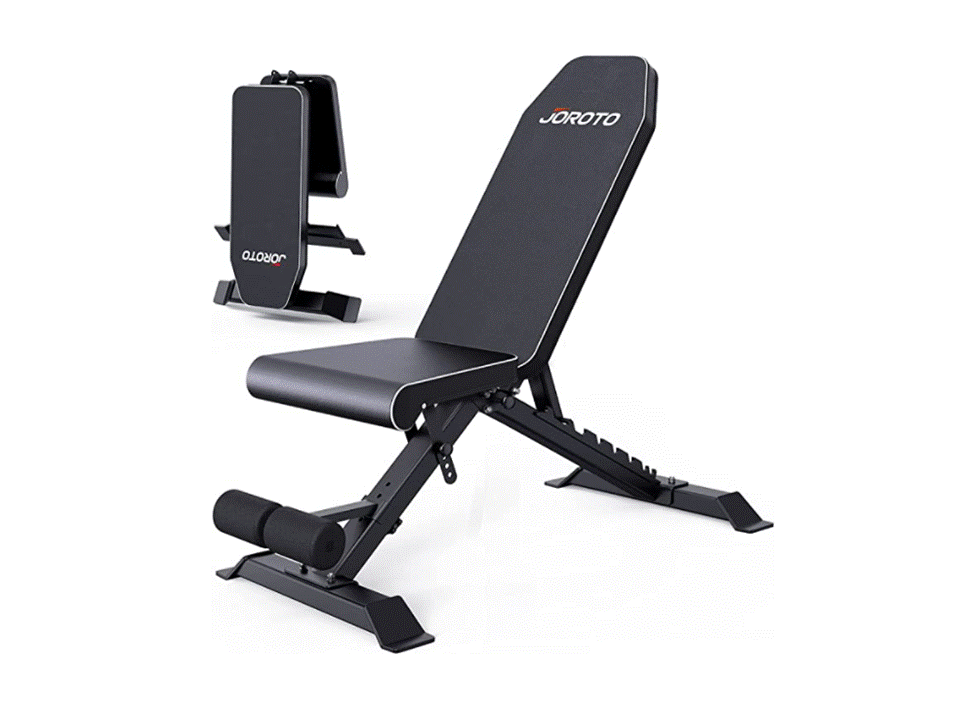













Comments